class ii vs iii rapids
Generally theyre easy to miss but if youre not experienced or dont. Despite the name the water in a Class IV rapid is a lot more dangerous so paddlers must learn how to predict the rivers current and speed.

The Different Classes Of Rapids Explained
The international scale of river difficulty is an American system used to rate the difficulty of navigating a stretch of river or a single sometimes whitewater rapid.

. Straightforward rapids with wide clear channels which are evident without scouting. Cedar Rapids 7-7-0 14 Green Bay. Deion Cole is a 2026 SSOF with a 5-11 170 lb.
Class III rapid at Canolfan Tryweryn Wales. Class III rapids are harder to navigate and can often involve complex maneuvers. Mark Magsayo Keith Thurman vs.
Occasional maneuvering may be required but rocks and medium-sized waves are easily missed. The last 12 miles of rapids end at the take out near Pockwockamus Falls. A bit more.
There are a number of features to be aware of in a Class III rapid. Few obstructions all obvious and easily missed with little training. 1 The scale was created by the American Whitewater Association to evaluate rivers throughout the world hence international in.
Class II Class 2 rapids offer some small waves and drops so a bit more fun. Class II Whitewater Novice. The danger of capsizing your raft generally starts with a.
Zachary Cetin Class of 2022 Perfect Game Player Profile. Class IV Very Difficult steeper. Lake freighters or lakers are bulk carrier vessels that ply the Great Lakes of North America.
Unlike Class II rapids Class III rapids can be extremely dangerous for swimmers. Fast moving water with riffles and small waves. Class III Difficult longer rapids with strong irregular currents.
Class II rapids are usually easy to navigate and typically feature wide channels and small medium-sized waves. We would like to show you a description here but the site wont allow us. Class 6 rapids are considered hazardous even for expert paddlers using state-of-the-art equipment and come with the warning danger to life or limb Skill Level.
Recommended for the more timid first-time rafters and children starting age 9 or 10. They also must develop a number of skills such as the Eskimo. Class III Class 3 rapids have medium waves that are irregular and have sometimes hidden obstacles which require a well-experienced professional guide to lead.
Most beginners start with a short flat river called a class II rapid. Class I Whitewater Easy. Penobscot River Rafting The first 2 miles descend from McKay Station through Ripogenus Gorge.

The Different Classes Of Rapids Explained

The Different Classes Of Rapids Explained

The Different Classes Of Rapids Explained

River Classifications Up To Class 4 Rapid Aspen Whitewater Rafting

Sarapiqui River Rafting Class 4 Rapids Costa Rica River Rafting Costa Rica Rafting Rafting

Best Whitewater Rafting River Rating System

The Different Classes Of Rapids Explained
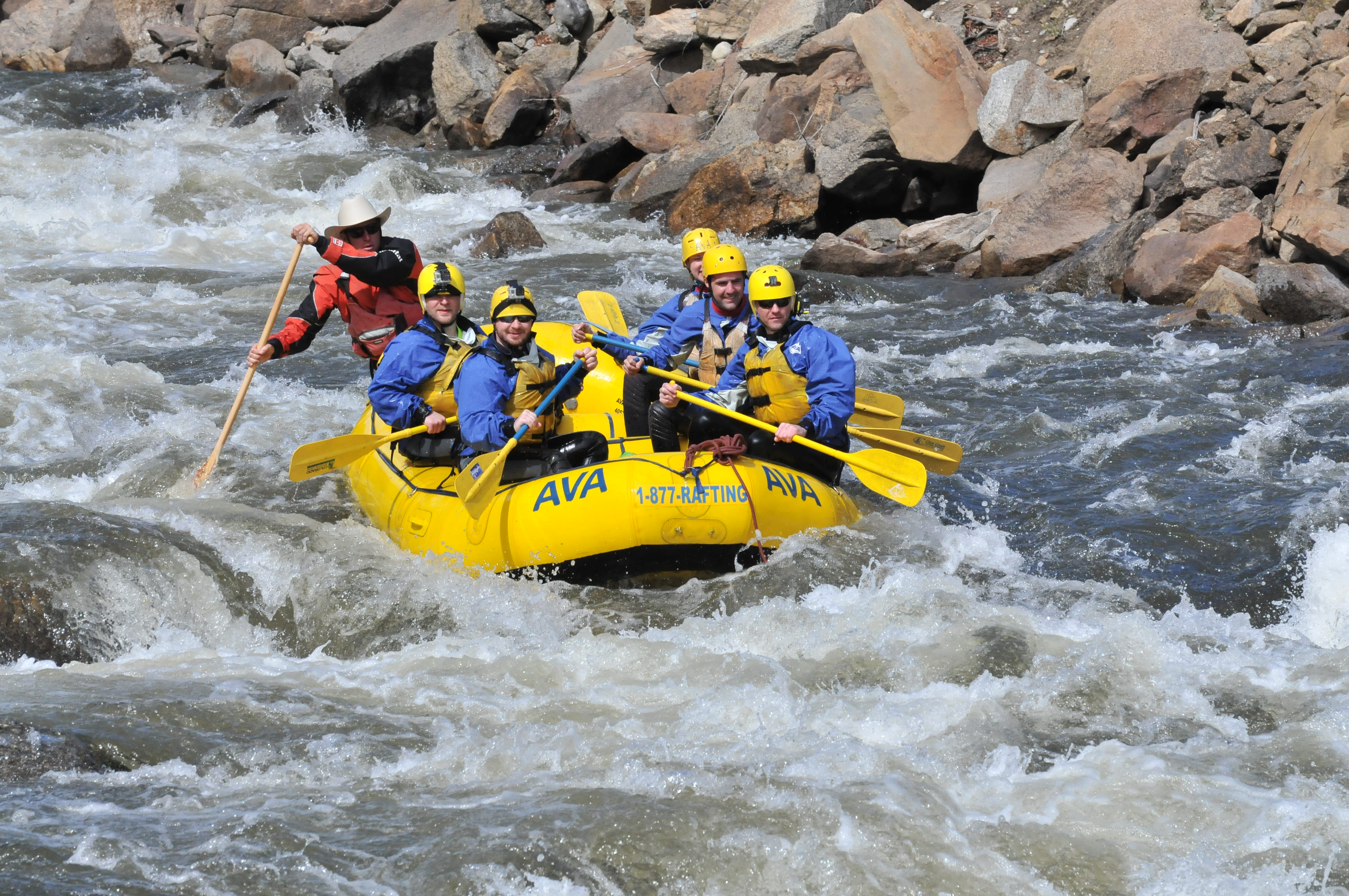
The Different Classes Of Rapids Explained
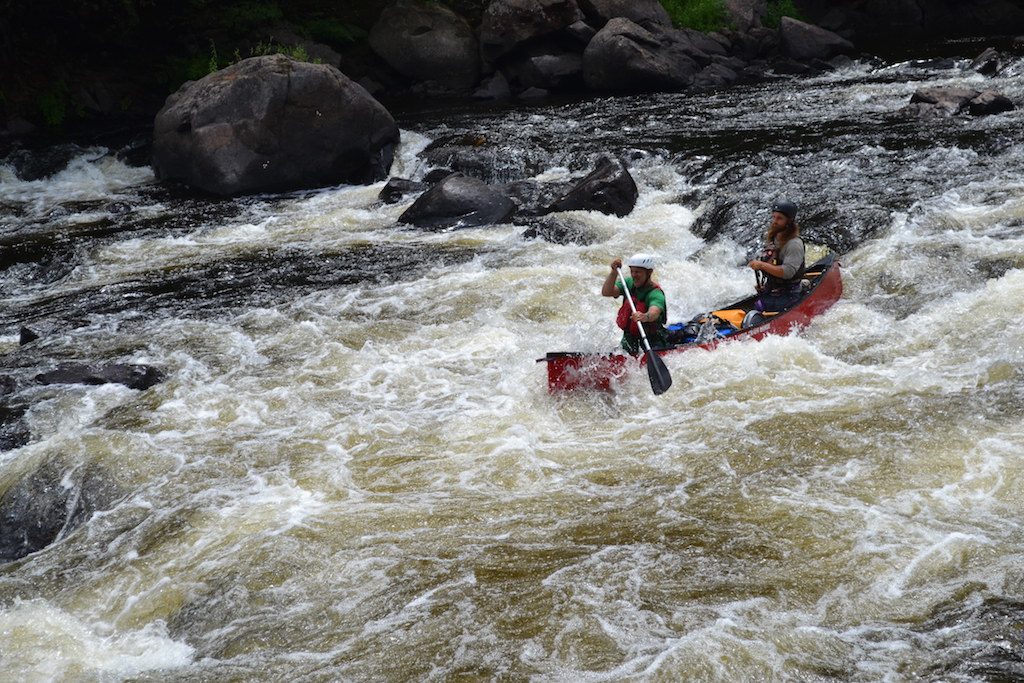
Whitewater Rapids The Universal Classification Guide

9 Most Dangerous Whitewater Rapids In The World Whitewater Extreme Adventure Whitewater Rafting

6 Can T Miss Whitewater Rafting Destinations On The West Coast Whitewater Rafting Whitewater Rafting
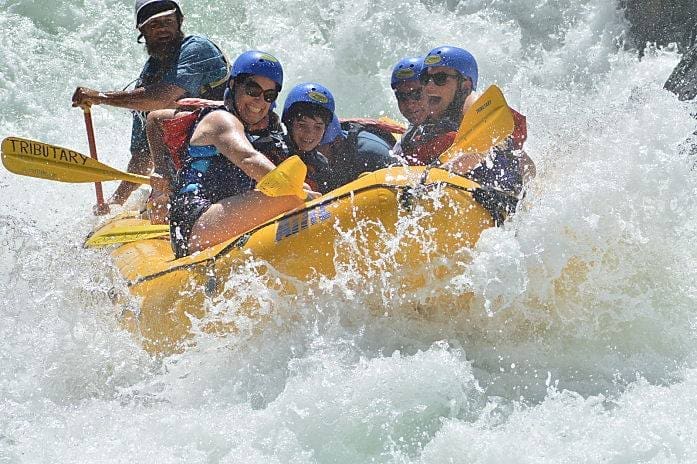
Choosing Your California Rafting Trip By Difficulty

Raft The Rivers Of The Yukon With Tatshenshini Expediting Rafting Trips Rafting Canada Travel
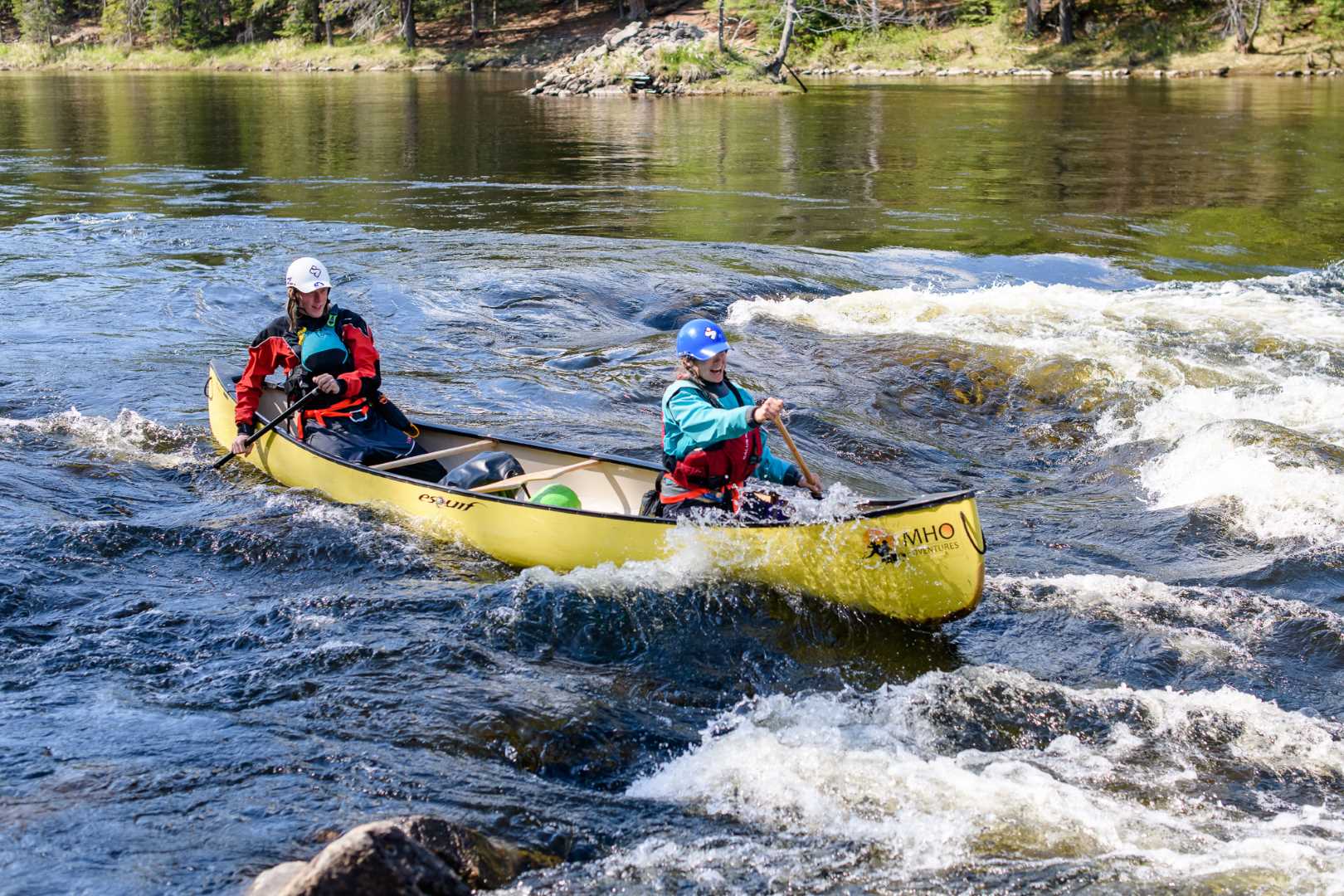
Whitewater Rapids The Universal Classification Guide

The Racecourse 1 2 Day Whitewater Adventure Whitewater Raft Whitewater Family Adventure

Athabasca Expressway Whitewater Rafting Whitewater Rafting Whitewater Rafting
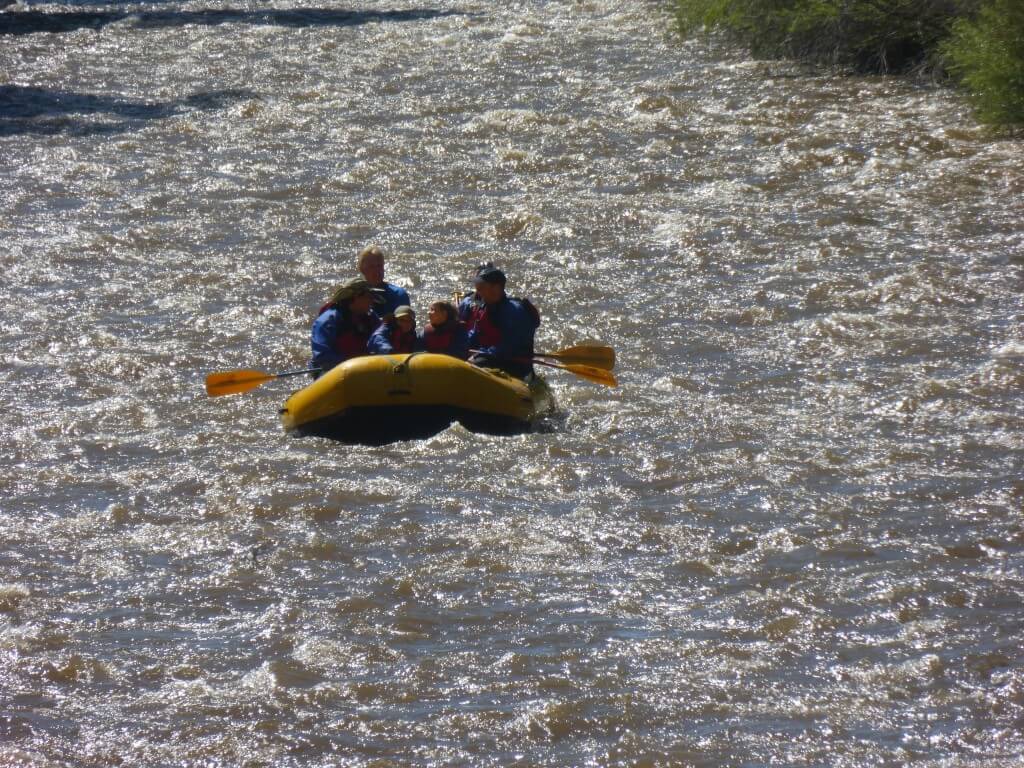
River Classifications Up To Class 4 Rapid Aspen Whitewater Rafting

Kids Kayaking The Kananaskis River Kayaking With Kids Kayaking Travel With Kids
